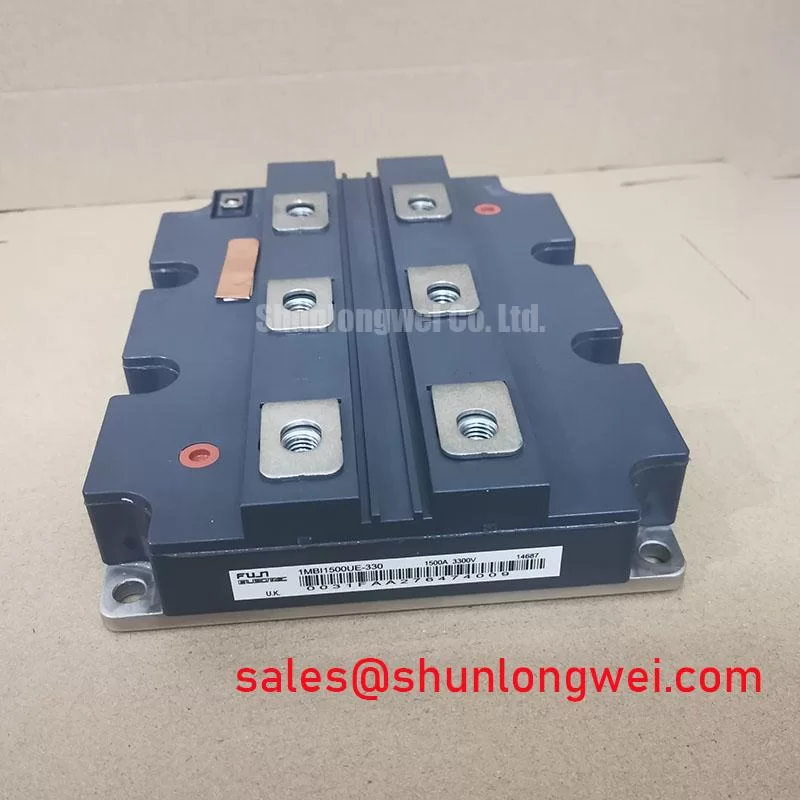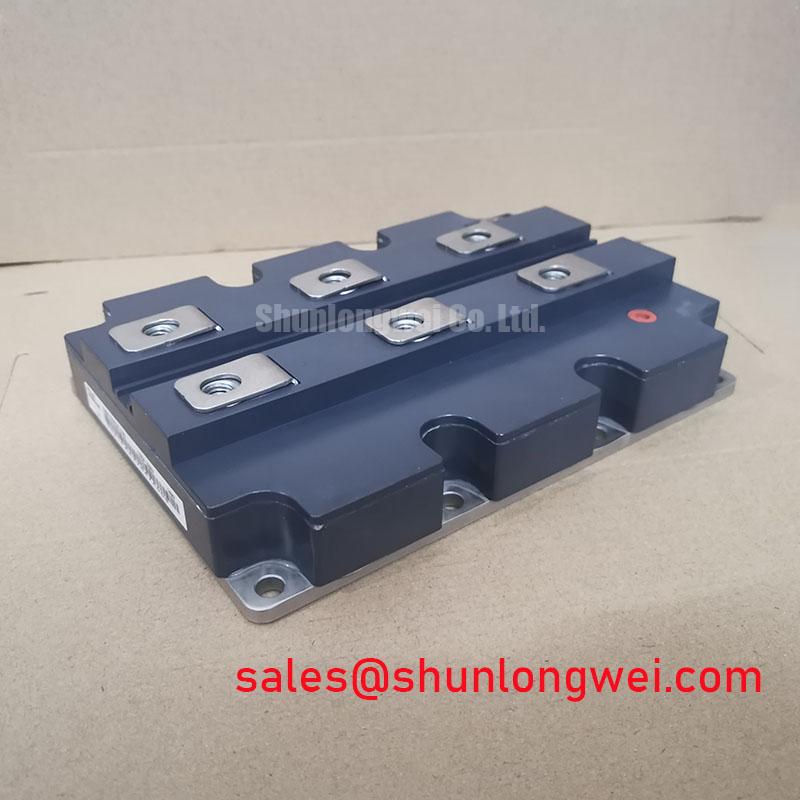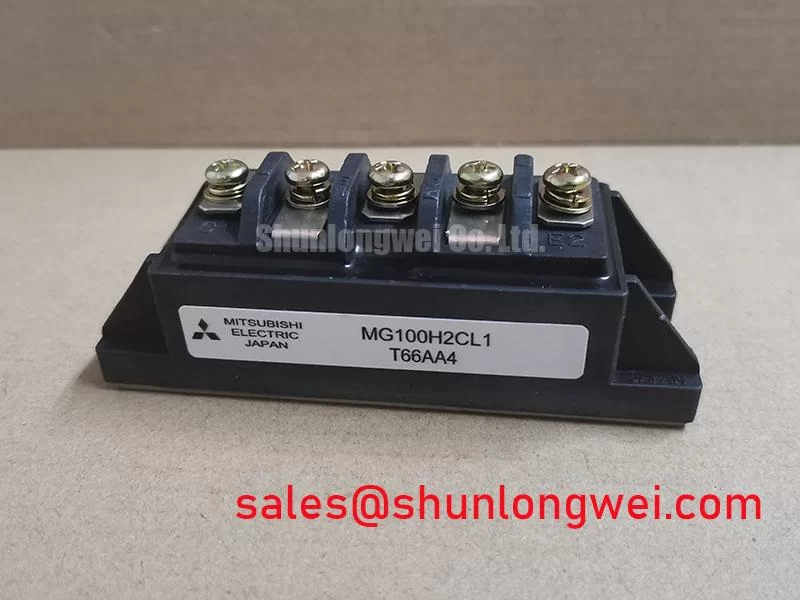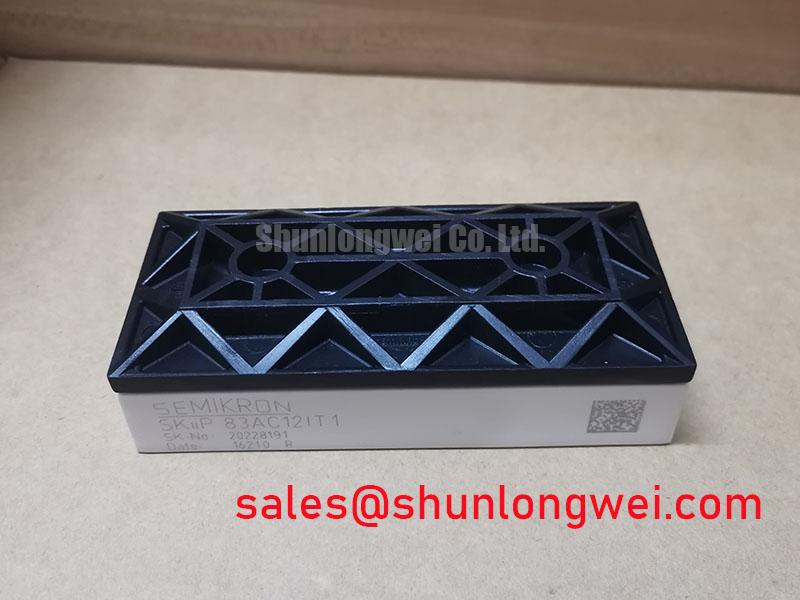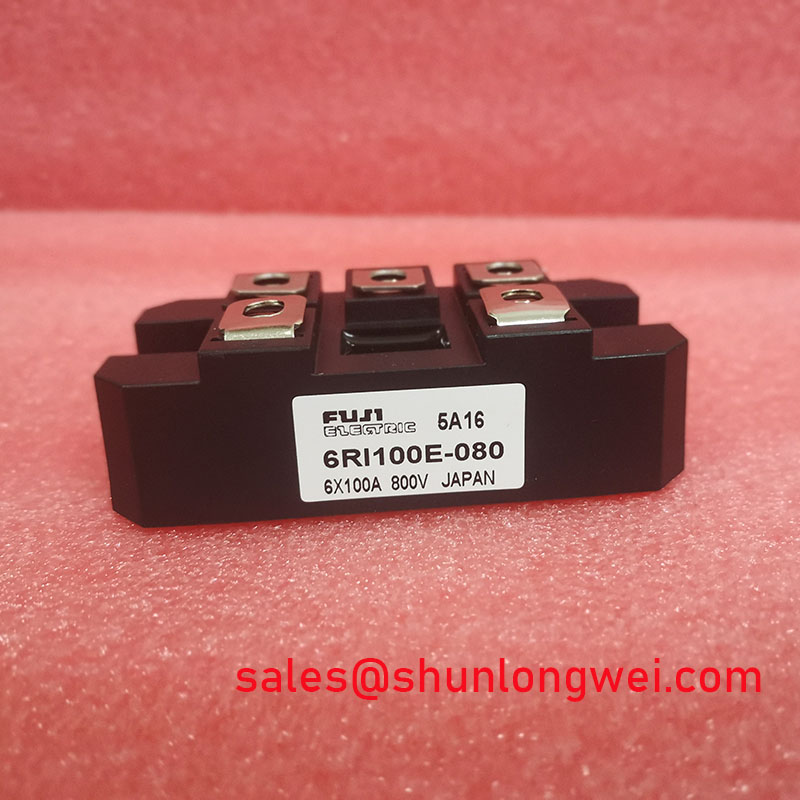1MBI1500UE-330 IGBT Module: Engineering High-Power Systems with Uncompromising Reliability
An In-Depth Technical Review for Power System Designers
The Fuji Electric 1MBI1500UE-330 is a high-voltage IGBT module engineered for extreme power density and operational longevity in the most demanding high-power conversion systems. This module combines a formidable 3300V blocking voltage with a 1500A continuous current rating, delivering robust performance and exceptional thermal stability. Key benefits include superior short-circuit survivability and optimized thermal resistance for simplified cooling system design. It directly addresses the engineering challenge of ensuring reliability in multi-megawatt systems by providing a high thermal margin and a rugged design. For applications demanding robust performance in high-voltage, high-current environments, the 1MBI1500UE-330 provides a foundation for highly reliable and efficient power conversion.
Application Scenarios & Value
System-Level Benefits in Megawatt-Scale Energy and Industrial Drives
The 1MBI1500UE-330 is engineered for applications where voltage overhead and thermal performance are critical non-negotiable requirements. Its 3300V collector-emitter voltage (Vces) makes it an ideal building block for power converters in medium-voltage grids, particularly in large-scale renewable energy systems such as multi-megawatt wind turbine converters and utility-scale Solar Inverter farms. In these environments, the module's ability to handle high DC-link voltages ensures sufficient design margin against grid fluctuations and transient overvoltage events, directly enhancing system reliability.
A primary engineering challenge in high-power Variable Frequency Drive (VFD) systems for mining, marine propulsion, or industrial pumps is managing thermal stress during load cycles. The 1MBI1500UE-330's low thermal resistance from junction to case, specified at 0.011 °C/W for the IGBT and 0.021 °C/W for the FWD, is a decisive factor. This superior thermal conductivity facilitates more efficient heat extraction, allowing designers to either reduce the complexity and cost of the heatsink assembly or push for higher power density within the same thermal envelope. This parameter directly translates to a lower junction temperature under load, which is a key determinant of module lifetime and long-term reliability. For systems operating at lower voltages but still demanding high current, the related 2MBI900VXA-120P-50 offers a different voltage and current profile for consideration.
Key Parameter Overview
Decoding the Specs for High-Voltage Reliability
The technical specifications of the 1MBI1500UE-330 are tailored for high-power, high-reliability applications. The parameters below highlight its capacity to perform under demanding electrical and thermal conditions. This data is critical for accurate system modeling, thermal management design, and ensuring the module operates within its SOA (Safe Operating Area).
| Absolute Maximum Ratings (Tc=25°C unless otherwise specified) | |
|---|---|
| Collector-Emitter Voltage (Vces) | 3300V |
| Gate-Emitter Voltage (Vges) | ±20V |
| Continuous Collector Current (Ic) at Tc=80°C | 1500A |
| Repetitive Peak Collector Current (Icp) | 3000A |
| Collector Power Dissipation (Pc) | 17.8 kW |
| Operating Junction Temperature (Tj) | +150°C |
| Short Circuit Withstand Time (tsc) | 10 µs (Vcc=1800V, Vge ≤ 15V, Tj=125°C) |
| Thermal Characteristics | |
| Thermal Resistance, Junction to Case (Rth(j-c)) - IGBT | 0.011 °C/W |
| Thermal Resistance, Junction to Case (Rth(j-c)) - FWD | 0.021 °C/W |
Download the 1MBI1500UE-330 datasheet for detailed specifications and performance curves.
Technical Deep Dive
Analyzing Short-Circuit Withstand Time and its Impact on System Protection
A critical parameter for ensuring inverter reliability is the short-circuit withstand time (tsc). The 1MBI1500UE-330 specifies a robust 10µs withstand time at a DC-link voltage of 1800V and a junction temperature of 125°C. What is the primary benefit of this specification? It provides a crucial time window for the system's protection circuitry to detect a fault condition (like a phase-to-phase short or a motor winding failure) and safely shut down the gate drive before the IGBT suffers catastrophic failure. This 10µs rating is not just a number; it is the cornerstone of a reliable protection scheme. Think of it as the built-in reaction time of the component itself, giving the external 'brain'—the gate driver and control unit—enough time to act. In high-power applications, where fault currents can rise to tens of thousands of amperes almost instantaneously, this capability is essential for preventing system-wide damage and ensuring operator safety. For further reading on IGBT technology, explore the engineer's ultimate guide to IGBT modules.
Frequently Asked Questions (FAQ)
How does the 3300V Vces rating benefit designers of 1500VDC systems?
The 3300V rating provides a substantial safety margin, typically a factor of two or more, which is critical for handling transient overvoltages caused by grid instability or inductive load switching. This significantly enhances the long-term reliability of the power converter and simplifies compliance with industry standards for medium-voltage equipment.
What is the engineering significance of the 10µs short-circuit withstand time for system protection design?
This specification is vital as it defines the maximum time the gate drive and protection circuits have to react to a fault. A 10µs window allows for the implementation of robust and reliable protection schemes without requiring ultra-fast, complex, and costly detection hardware, thereby balancing safety with system design pragmatism.
To further explore the nuances of IGBT selection and design, consider reviewing materials on decoding IGBT datasheets for a deeper understanding of how component specifications translate to real-world performance.
For inquiries regarding the 1MBI1500UE-330 or to discuss the specific requirements of your power conversion project, please contact our technical support team for further information.

